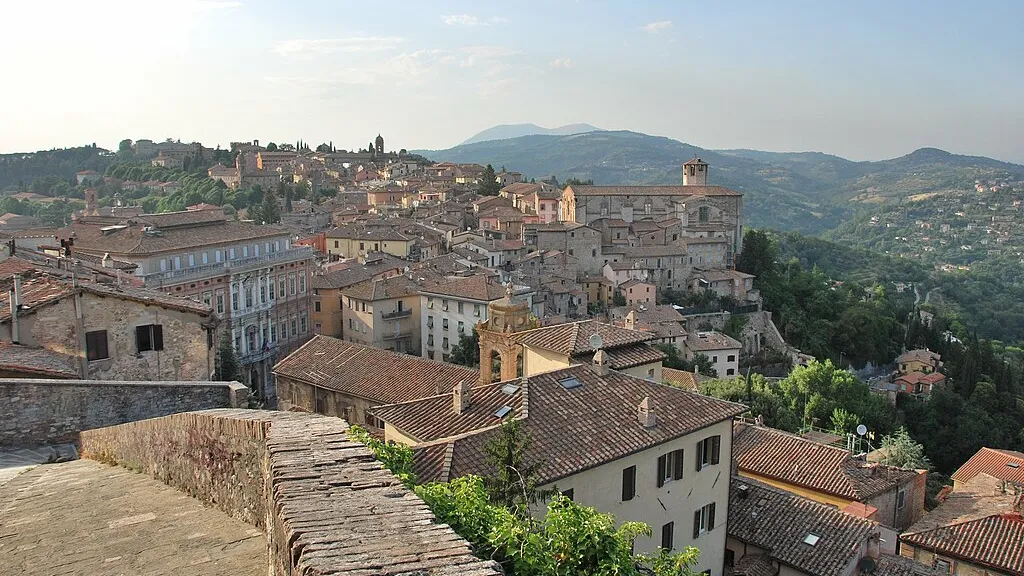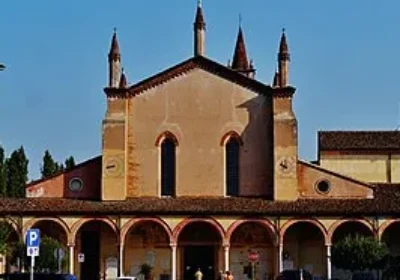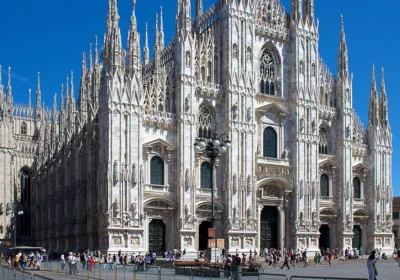Overview Tour of the historic centre of Umbria.
Perugia’s intricate hillside setting captivates with its austere beauty and versatility. Narrow, winding streets lead to specially designed squares that offer a breathtaking panorama of the Tiber River valley.
Built many centuries ago. Perugia today is strikingly young: a multicultural, colourful “stream” of students who come to study Italian at the Universita’ per Stranieri and visitors from all over the world, day and night “buzz” in its neighbourhoods.
Perugia is a very ancient city, first mentioned in documents from the 4th century BC. –
On the tour you can see:
The 16th-century Paolina fortress – or Rocca Paolina – inside which are the remains of the ancient houses and towers on which the Pope built his fortress. The remains of the fortress wall erected in 1540 after the enslavement of Perugia during the so-called Salt War. The most interesting part of the fortress is underground, accessed from the underground car park at Piazza Partigiani.
Piazza della Italia with its 19th century palaces. –
Avenue Vannucci (Perugino) – where medieval palaces stand, the largest and most beautiful of which is the 13th-century Palazzo del Priori, built in Gothic-Venetian style. This majestic building was erected especially for the civil authorities. Today, the Municipality of Perugia is located elsewhere, and the palace houses the Hall of Notaries (entrance is free), with the coats of arms of all the people’s captains, and the National Gallery of Umbria. Many of the palace’s rooms were painted by Perugino and the young Raphael.
The Gothic Cathedral of San Lorenzo – built on the foundations of a 9th-century church and decorated with a white and pink marble façade – is striking with its majestic interiors with Baroque elements.
One of the chapels is always crowded and houses the most valuable relic, the Sacred Ring, the onyx wedding ring of the Virgin Mary.
The square in front of the Prior’s Palace is adorned by the Fountain of Maggiore with bas-reliefs by Nicola and Giovanni Pisano from the late 13th century.
In Perugia, fragments of walls with gates (also known as Porta Augusta), a chamber tomb and the Etruscan well, a grandiose structure that served as a water reservoir (located on Piazza Danti) have been preserved from Etruscan times.Behind the Pallazzo del Governo, the terraced gardens of Carducci, built on the ruins of the fortress, offer a magnificent view

















